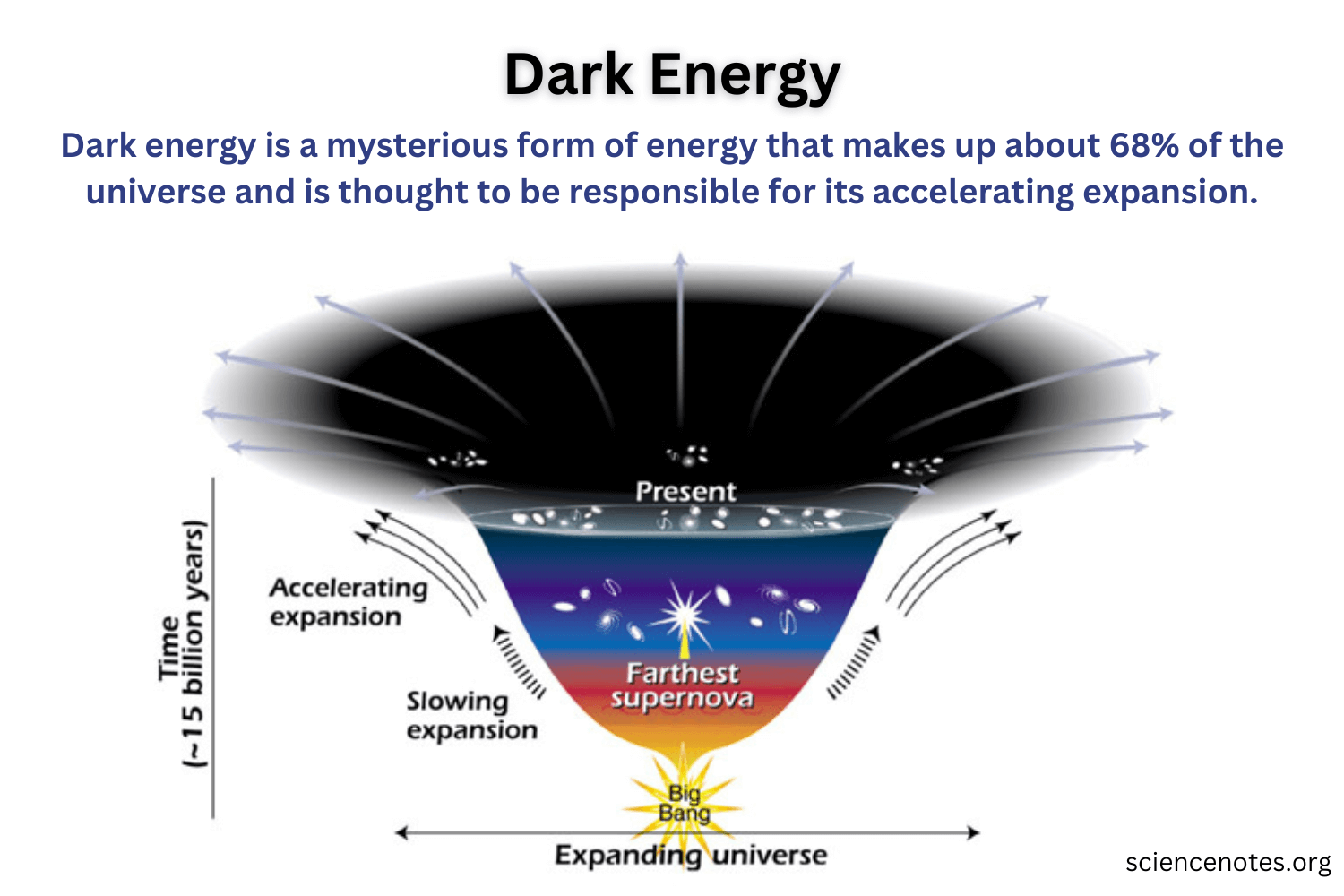Axions are hypothesized particles that could unlock some of the deepest mysteries of our universe, particularly in understanding dark matter, which accounts for approximately 85% of the cosmos’ mass. Though never directly observed, axions offer tantalizing clues in the quest to decipher particle physics and the fundamental composition of matter. Recent advancements in research, particularly from teams at Harvard and King’s College, have opened the door to exploring axion quasiparticles, which may behave similarly to axions and are crucial for detecting dark matter. As scientists continue to hone their experimental techniques, including the use of innovative quantum technologies, the potential to finally identify and study axions seems closer than ever. By leveraging quasiparticles, researchers are not only paving the way for major breakthroughs in particle physics but also inspiring new technologies that stem from these discoveries, illustrating the profound implications of axion research for both science and society.
In the realm of fundamental physics, the quest for elusive particles often leads researchers to concepts like axion quasiparticles, which serve as vital candidates in the search for dark matter. These quasi-excitations mimic the properties of axions themselves and provide a promising avenue for experimental verification. Researchers from prestigious institutions, such as Harvard University and King’s College London, are meticulously investigating these quasiparticles to uncover their potential roles in the broader context of particle interactions. Engaging with the intricacies of quantum materials and their responsive characteristics marks a significant leap in tackling the challenges posed by dark matter. This interdisciplinary approach hints at exciting advancements in quantum technologies, further enriching our understanding of both the cosmological landscape and the foundational principles of physics.
Understanding Axions: The Building Blocks of Dark Matter
Axions are theoretical particles that have long been proposed as a solution to the enigma of dark matter, an invisible substance that makes up a significant portion of the universe’s mass. Their existence was first suggested in the 1970s, by physicists who feared that a gap existed in our understanding of the subatomic world. This gap not only encompasses dark matter, but is also pivotal in reconciling quantum mechanics and general relativity. Thus, the study of axions serves as a vital stepping stone in particle physics, potentially unveiling revolutionary insights into the fundamental structure of matter.
Recent studies, including groundbreaking research from Harvard University, have progressed toward confirming the existence of axions through innovative experiments involving axion quasiparticles. This experimental approach highlights how quasiparticles emulate the properties of axions, allowing researchers to measure their interactions with dark matter. With every advancement in understanding axions, we inch closer to bridging the gaps in particle physics, potentially answering existential questions about the cosmos and revealing the nature of the universe.
The Role of Axion Quasiparticles in Dark Matter Detection
Axion quasiparticles represent an exciting frontier in the quest to detect dark matter. By creating these quasiparticles within specially designed materials—manganese bismuth telluride, for instance—scientists can simulate and probe the elusive properties of axions. This innovative concept not only aids in understanding whether axions exist but also has practical implications for developing advanced dark matter detectors. The interactions between dark matter axions and these quasiparticles could unveil signals that classical methods have failed to capture.
The detection of dark matter through axion quasiparticles marks a pivotal moment in both quantum physics and cosmology. Recent developments indicate that these quasiparticles can respond to dark matter interactions by emitting frequencies that researchers can monitor. This revolutionary approach is likened to tuning a cosmic car radio, aiming to receive signals that potentially originate from dark matter across the universe. The implications of successful detection could transform our understanding of cosmic phenomena and solidify the axion as a crucial player in the dark matter narrative.
Innovative Techniques in Hunting Axions
To uncover the hidden dynamics of axions and their quasiparticles, scientists have employed cutting-edge techniques that merge disciplines such as condensed-matter physics and material chemistry. These innovative methods include ultrafast laser optics and sophisticated measurement instruments, enabling researchers to observe how axion quasiparticles behave under different conditions. Such interdisciplinary approaches showcase the breadth of modern scientific inquiry, driving significant breakthroughs within contemporary particle physics.
The meticulous nano-fabrication of materials to create a two-dimensional crystal structure facilitates the nurturing of axion quasiparticles. Achieving the desired conditions requires expertise and a controlled environment, creating a delicate interplay between precision engineering and theoretical physics. By advancing the experimental conditions of their studies, the research teams are paving the way to confirm axions as a fundamental component of the universe, thereby elevating particle physics into a new era of discovery.
Dark Matter Mysteries: The Chase for Cosmic Insights
Dark matter exists as one of the greatest mysteries confronting modern physics. Comprising approximately 85 percent of the universe’s mass, it exerts gravitational influences on cosmic structures yet remains undetected through direct observation with conventional tools. The quest to understand dark matter engages many physicists, culminating in diverse theories and approaches, among which axion research stands out prominently as a leading candidate for elucidating this cosmic puzzle.
With each successful step toward detecting dark matter through axion quasiparticles, we advance our understanding of the universe’s fundamental workings. Future experiments aim to exploit signals from axion interactions to shed light on cosmic structure formation and the history of matter. As researchers refine their methodologies, the exciting potential to untangle the complexities of dark matter looms ever closer, potentially leading to paradigm-shifting revelations in scientific thought.
Quantum Technologies: Unveiling New Frontiers
The advancements in axion quasiparticle research not only illuminate pathways toward dark matter detection but also hold significant implications for the realm of quantum technologies. As scientists unravel the properties of these quasiparticles, the possibilities for novel applications in information processing, sensing, and communications become apparent. For example, the axion polariton—a novel light-matter interaction—could pave the way for groundbreaking optical technologies, enhancing our capacity to harness quantum phenomena.
The interplay between particle physics and quantum technology exemplifies the potential for practical applications derived from theoretical inquiries. Innovations gleaned from axion research can enable the development of advanced materials and devices, effectively bridging the gap between fundamental physics and functional technology. As researchers continue to investigate the fascinating properties of axions, we may find ourselves at the forefront of a new technological revolution driven by the quest for understanding dark matter.
Collaboration Across Borders in Axion Research
The pursuit of understanding axions and their potential role in dark matter has fostered a remarkable collaborative spirit among scientists globally. The Harvard-led research team, in conjunction with international partners from King’s College London, UC Berkeley, and others, showcases the essential nature of interdisciplinary collaboration in tackling complex scientific questions. These international efforts not only enhance the breadth of expertise involved but also serve to expedite the pace of discovery.
Such collaborative initiatives underscore the shared vision of unearthing the mysteries of the universe through mutual effort. Engaging researchers from various fields, including condensed-matter physics, material science, and cosmology, enables a more holistic approach to understanding axions. This collaborative endeavor reflects a broader trend towards interconnected scientific inquiries, where breakthroughs realized by one team can inspire and propel the efforts of others, solidifying axions’ potential significance in physics and cosmology.
Theoretical Underpinnings: Axions in Particle Physics
As we delve deeper into the framework of particle physics, axions emerge as a compelling theoretical prediction aimed at bridging gaps inherent in the standard model. Initially proposed to address the strong-CP problem in quantum chromodynamics, axions offer a theoretical mechanism to explain why strong interactions exhibit no observable parity violation. Understanding the behavior of axions within this framework is paramount for shedding light on fundamental questions regarding the universe’s composition.
The theoretical pathways leading to axions’ existence is intertwined with their proposed roles in cosmology and the evolving landscape of physics. As research evolves toward confirming their existence, these particles may ultimately provide the keys to unlocking deeper insights about matter, energy, and the structure of the universe. This convergence of theory and practice highlights the broader implications of axion studies as a cornerstone in the ongoing dialogue of modern physics.
Future Directions: What Lies Ahead for Axion Research
With recent achievements marking milestones in axion research, the future holds immense promise for unlocking the mysteries of dark matter. Moving forward, researchers aim to delve deeper into the properties of axion quasiparticles while enhancing the precision of their experimental setups. This ongoing evolution is crucial for closing the gaps in our understanding of the universe and may eventually yield groundbreaking discoveries relevant to particle physics.
The ambitious goal of probing axion dark matter signifies a collective commitment to addressing fundamental questions that have persisted for decades. As collaborative efforts expand and new techniques are developed, the mission to unveil the truths of dark matter deepens in its urgency. Anticipation grows as studies highlight the distinct possibility of confirming the existence of axions, potentially reshaping particle physics and providing a clearer picture of the cosmos.
Funding and Support: Enabling Axion Discoveries
The significant strides made in axion research are made possible by robust funding support from various institutions, including the U.S. Department of Energy and the National Science Foundation. Such backing highlights the importance placed on advancing our understanding of dark matter and the role of axions in this context. The investment in scientific research not only fosters innovative studies but also propels the broader field of particle physics into new dimensions.
This financial and institutional support emphasizes the commitment to unraveling cosmic mysteries that have long eluded the scientific community. Funding enables researchers to carry out high-stakes experiments, collaborate nationally and internationally, and access cutting-edge technology needed for studying axions. Ultimately, the resources dedicated to axion research turn theoretical hypotheses into tangible experiments, gradually illuminating the dark corners of our universe.
Frequently Asked Questions
What are axions and why are they important in particle physics?
Axions are theoretical particles proposed as a solution to several fundamental questions in particle physics, particularly in explaining dark matter. They are considered a leading candidate for dark matter, which makes up about 85% of the universe’s mass yet remains undetected. Understanding axions could unlock essential insights into the universe’s composition and its historical evolution.
How do axion quasiparticles contribute to the search for dark matter?
Axion quasiparticles simulate the presence of axion particles and can be used as detectors for actual axions. When a dark matter axion interacts with certain materials, it excites these quasiparticles, providing a method for researchers to detect and confirm the existence of dark matter axions.
What recent advancements have been made in the study of axions at Harvard?
Recently, researchers from Harvard and King’s College London developed innovative techniques to study axion quasiparticles using a unique material called manganese bismuth telluride. Their work represents a significant step towards confirming the existence of axions by observing their interactions and behaviors under controlled conditions.
What role do quantum technologies play in axion research?
Quantum technologies are crucial in axion research as they provide the sophisticated tools and methods necessary to explore and detect axions and axion quasiparticles. For instance, researchers use ultrafast laser optics and advanced measurement techniques to observe axion quasiparticles, potentially leading to new technological applications, including sensitive dark matter detection.
What are the implications of discovering axions for understanding the universe?
Confirming the existence of axions would be transformative for physics, offering deep insights into dark matter’s nature and supporting broader theories of particle physics and cosmology. It could reshape our understanding of the universe’s mass, structure, and the fundamental forces that govern it.
How long might it take to discover dark matter axions using current methods?
Researchers estimate that with their current methods, including tuning into specific radio frequencies emitted by axion particles, they could potentially uncover dark matter axions within the next 15 years. This timeline reflects the ongoing advancements in experimental techniques and technologies in the field.
Who are the key researchers involved in axion studies at Harvard?
The axion research at Harvard is led by scientists such as Jian-Xiang Qiu and Suyang Xu, alongside contributions from senior co-authors and an international team including researchers from King’s College, UC Berkeley, and Northeastern University. Their collaborative efforts emphasize interdisciplinary approaches integrating condensed-matter physics and material chemistry.
What challenges does the research community face in confirming axion existence?
The primary challenges include the elusive nature of dark matter, difficulty in detecting faint signals from axions, and the need for precise experimental conditions to demonstrate the properties and behaviors of axion quasiparticles. Continuous innovations in research methodologies and materials are required to overcome these obstacles.
What potential future developments could arise from axion research?
Future developments from axion research may include improved quantum technologies for dark matter detection, advancements in our understanding of fundamental particles, and the creation of new materials designed to harness the properties of axions and axion quasiparticles for practical applications.
| Key Points | |
|---|---|
| Researchers led by Harvard and King’s College London are seeking to confirm the existence of axions, a hypothetical particle believed to make up dark matter. | The team utilized manganese bismuth telluride to create axion quasiparticles, simulating the presence of dark matter. |
| The experiment demonstrated how axion quasiparticles can react to dark matter axions, potentially confirming their existence. | Ultrafast laser optics and sophisticated measurement tools were employed to observe axion quasiparticles’ dynamics. |
| The development of the axion polariton may lead to new optical applications. | The researchers aim to tune into radio frequencies emitted by axions, potentially leading to a detection of dark matter within 15 years. |
Summary
Axions are emerging as a pivotal element in the search for dark matter, a mysterious substance that makes up a significant portion of the universe’s mass but remains unseen. The groundbreaking research led by Harvard and King’s College London not only propels our understanding of axions but also opens new avenues for scientific exploration and technological advancement. The quest for axions represents one of the most promising developments in modern physics, with the potential to address fundamental questions about the universe’s composition.


